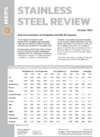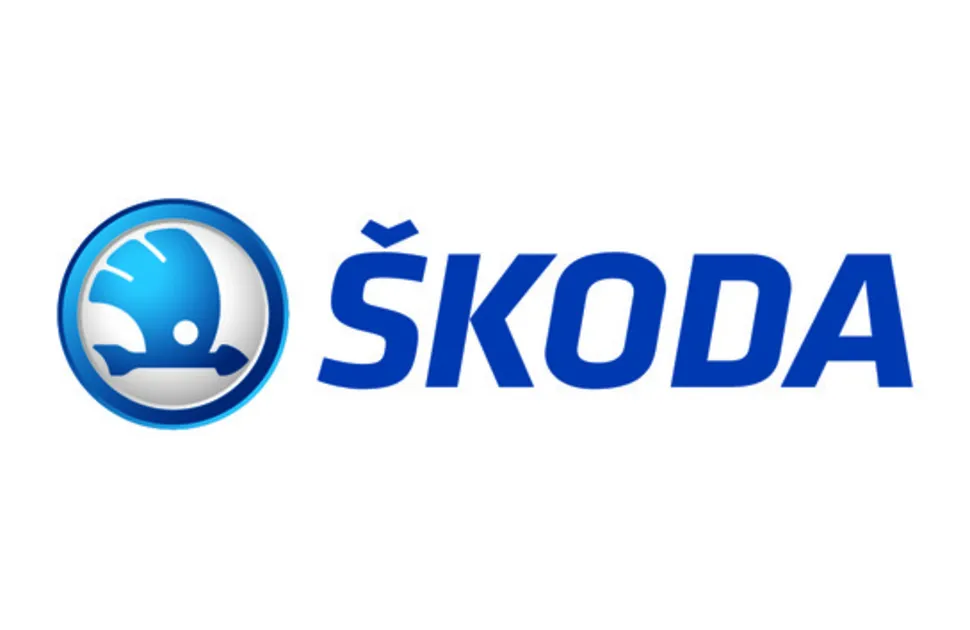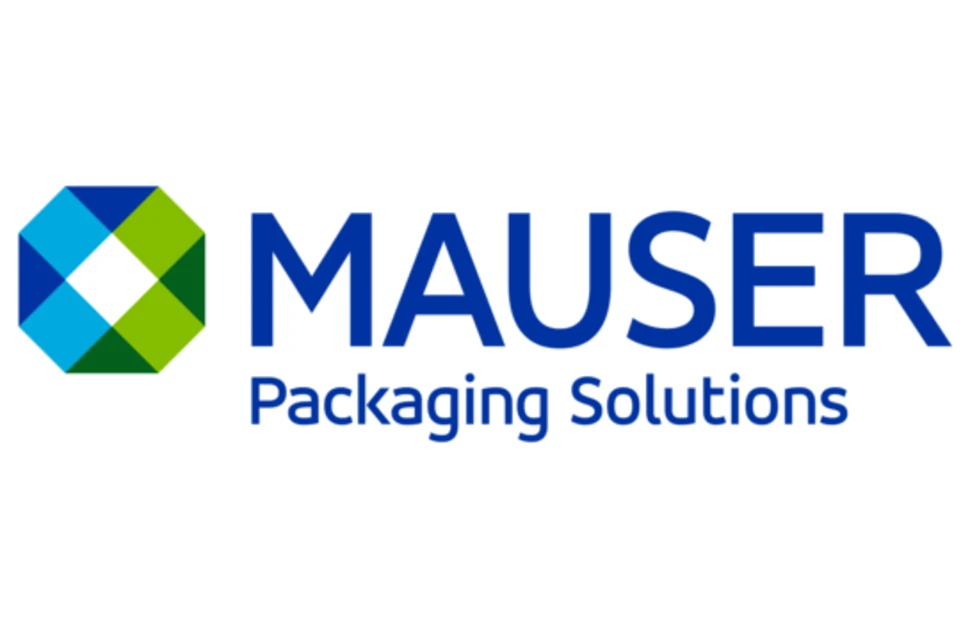Stainless market reflects on proposed EU trade defences
Subdued stainless steel demand and low steel prices could define the EU market for a further four to five months unless the European Commission brings forward its proposed introduction of a more stringent trade defence mechanism, producers say.
The Commission’s proposed replacement for its current import safeguard measures was revealed on October 7. It would reduce tariff-free import quotas by around 47% and end the practice of carrying unused quotas into the next quarter. It would also double the tariff rate on above-quota imports from 25% to 50%. Furthermore, it would introduce a “melt and pour” rule, requiring verification of an import’s country of origin as part of efforts to tackle circumvention.
The Commission said that, if approved, the new measures would be implemented from July 1, 2026, when the current mechanism is set to expire. However, Europe’s stainless steel producers want the change to come sooner in order to support EU steel prices, which were relatively stable at long-term lows this month.
- This article first appeared in the October edition of MEPS International's Stainless Steel Review. The publication features market insight, stainless steel prices, indices and forecasts from key markets in Europe, Asia and North America. Contact MEPS for details of how to subscribe.
Some MEPS research respondents believe that the EU’s new trade defence mechanism could be implemented as soon as April 1, 2026. However, as reported in MEPS European Steel Review, the legislation must now be approved by all 27 member states. If approved, the EU may have to pay compensation or face retaliatory tariffs, on various goods, from key trading partners. Consequently, negotiations over the incoming measures could be protracted.
Revised import measures’ methodology
MEPS analysis of the EU’s proposed trade defence mechanism has revealed the extent of potential quota reductions for certain stainless steel products from key third-country sources.
The EU’s total tariff-rate quota volume for each steel product category will be based on the bloc’s import volumes from 2013, a year that is said to predate the global steel overcapacity crisis. The allocation of quotas into each product category will be calculated from countries’ average import shares between 2022 and 2024.
Under the proposed measures, exporting countries which account for more than 5% of total EU imports are expected to receive country-specific quotas. Those with import shares below 5% in a particular category will likely be grouped together under a common “other countries” quota. Meanwhile, imports from developing countries are exempt if they are 3% or less of a particular product.
Cutting the cold rolled coil quotas
This methodology would see China and Vietnam each gain country-specific quotas for stainless steel cold rolled coil. Currently, those countries access the EU market via the safeguard measures’ “other countries” category, which totals 214,428 tonnes in 2025/26. Under the new regime, China’s 16% estimated allocation would give it access to a 79,512-tonne annual quota. Vietnam’s 7.7% allocation would result in a 38,210-tonne quota.
Meanwhile, the “other countries” quota previously accessed by China and Vietnam would, itself, be cut to just 68,597 tonnes per year.
MEPS’s calculations indicate that Taiwan would receive the highest tariff-free cold rolled coil quota under the proposed measures. Its 21.4% allocation would result in an annual quota of 106,147 tonnes, down by 43.1% on its current volume. Other exporting nations face larger cuts. India’s tariff quota would fall by 76.2% to 29,666 tonnes; South Africa’s by 60.7% to 42,645 tonnes; and South Korea’s by 60.5% to 79,379 tonnes per year. Turkey’s quota will fall by 38.2% to 52,185 tonnes.
MEPS’s October research found that many EU importers have stopped placing new orders with third-country suppliers. The combination of weak demand, uncertainty caused by the safeguard measures’ proposed replacement and the January 1 implementation of CBAM taxes mean that few will gamble on such a range of unknown costs. Indian bars remain a rare exception.

Source:
Stainless Steel Review
The MEPS Stainless Steel Review is an invaluable monthly guide to international stainless steel prices and includes the latest global stainless steel industry analysis.
Go to productRequest a free publication





